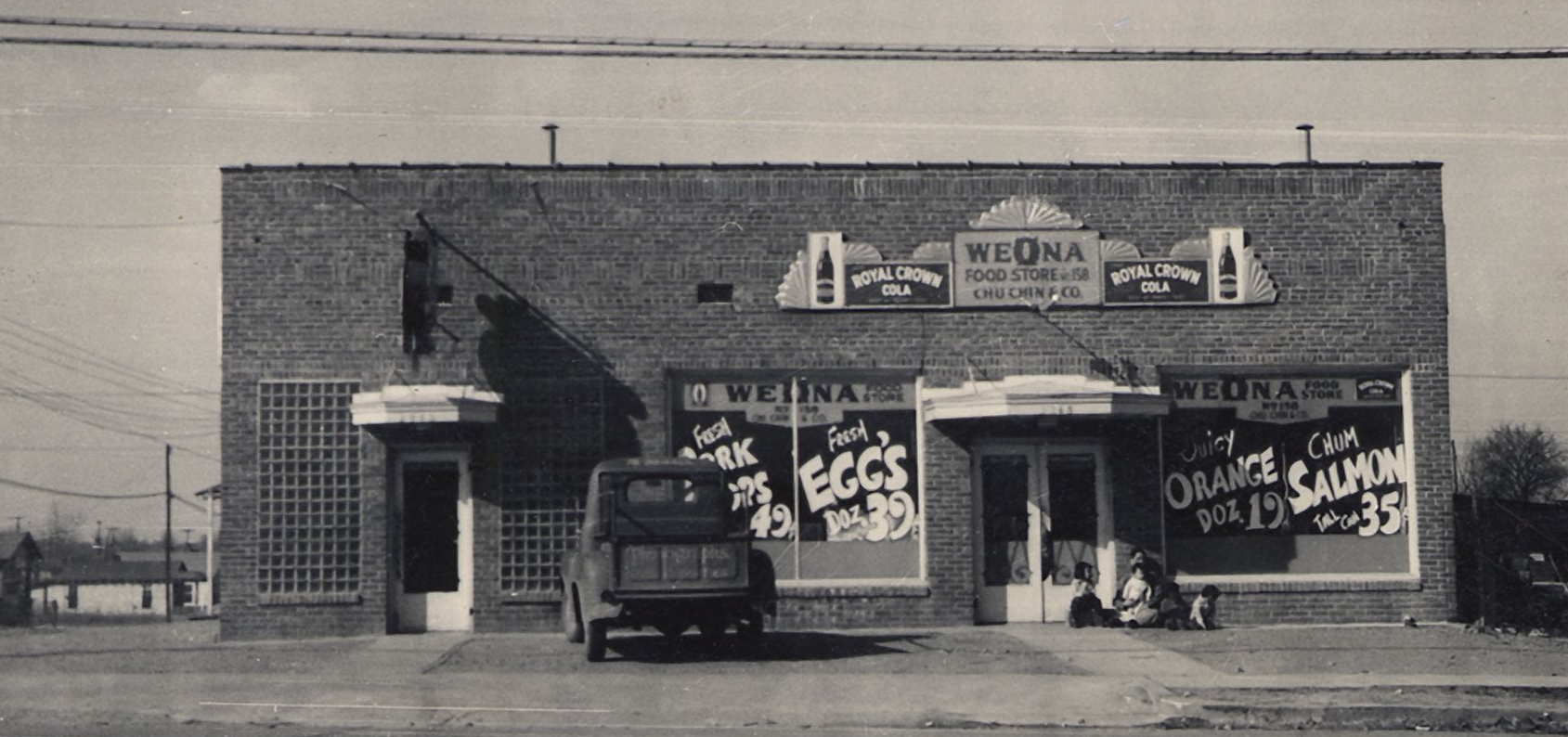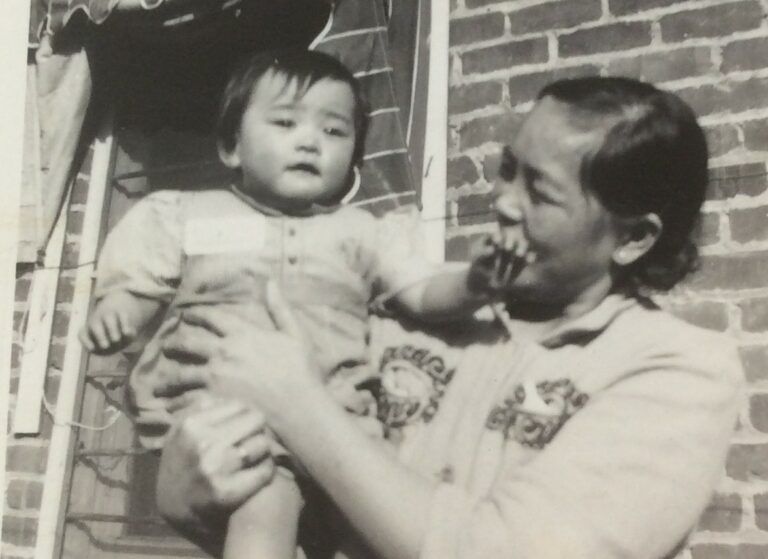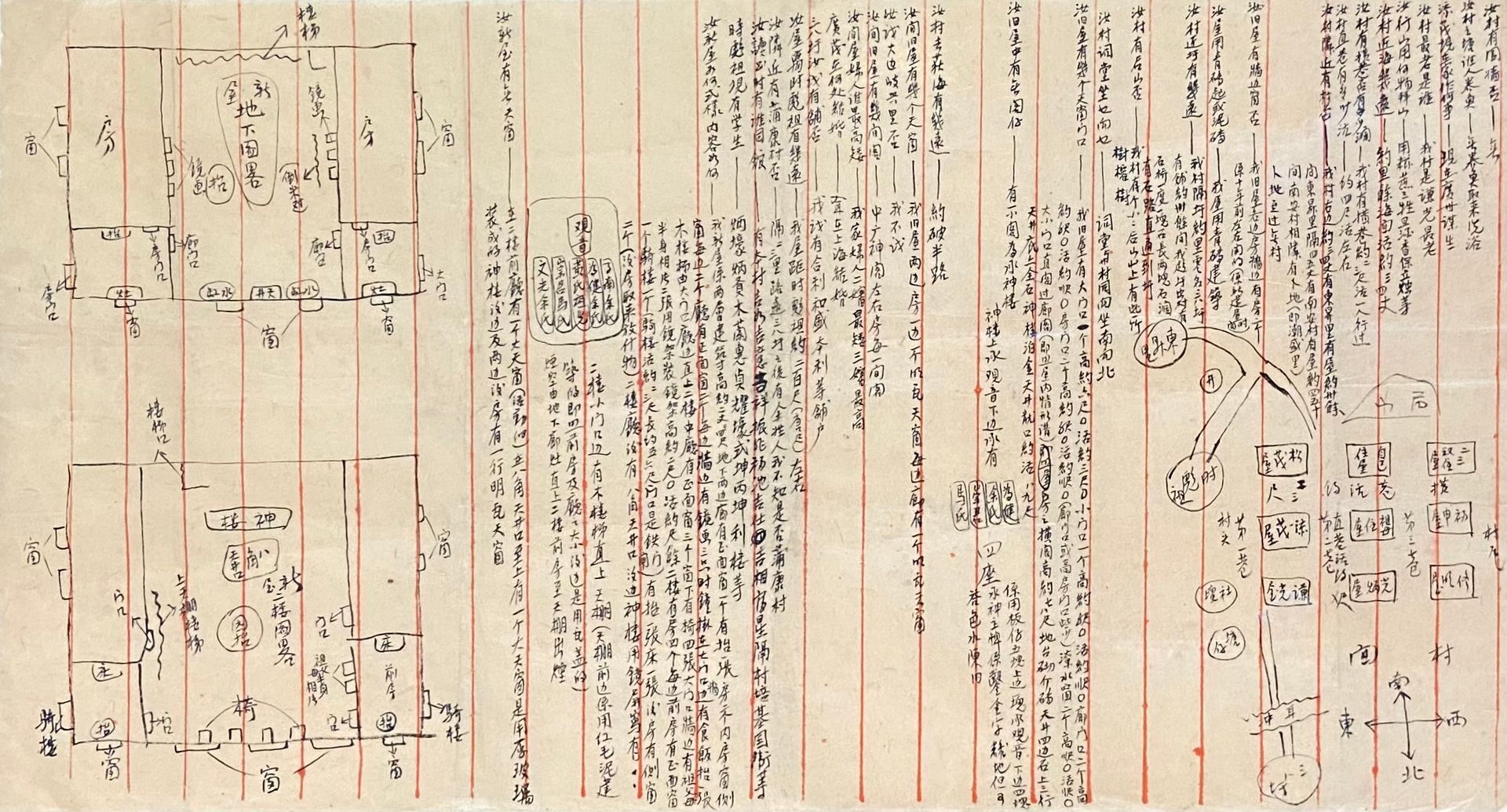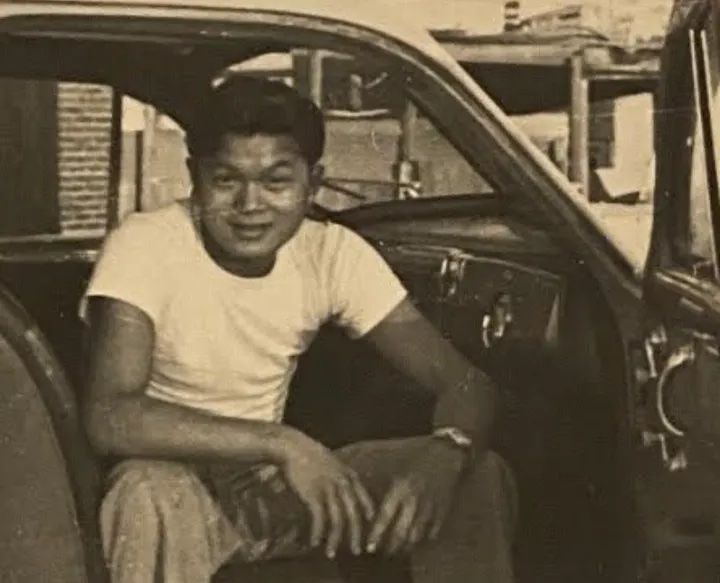Tootsie Rolls and Pig Toes
Prompt: Write about your favorite snacks when you were a child.
By Shirley Chu Ng

I was born and raised in Memphis, Tennessee. My family lived behind our grocery store in rooms attached to the back of store. We ate simple home cooked Chinese food, mostly rice, meat, vegetables that were steamed, stewed, or boiled. We didn’t go out much and spoke Chinese at home.
So, when I began school in first grade, I was suddenly thrust into a totally foreign all White, all English environment. Contributing to the culture shock was having to eat the lunches in the school cafeteria. The food offerings looked strange and tasted worse. I dreaded lunchtime every day. The teacher sat with us to make sure we cleaned our plates before we were allowed to leave for recess. So, I would sit fiddling with my food waiting for the teacher to leave and trying to stuff food into my milk carton when she wasn’t looking.
In those days, school lunches included over-cooked vegetables like turnip greens, spinach, hominy, rutabaga, and sauerkraut. Sometimes a scoop of gooey white rice was plopped onto my plate with a side of white sugar. The worst food of all was the dreaded liver! School lunches weren’t all bad though. On Fridays we had either chili or vegetable soup, made from with leftover vegetables that we had had during the week. It was served with buttery toasted bread and that was yummy.
However, there was one amazing lunch that stands out in my mind – the Southern BBQ pork sandwich. Yep, the first time I ever had a BBQ pork sandwich was at a school lunch. They were made from scratch by the kitchen staff. Shredded tender morsels of pulled pork drenched in the not too sweet, not too tangy BBQ sauce… It was like a flavor bomb exploding in my mouth. The pillowy white buns served as a soft but sturdy vessel to my open mouth. That sandwich became the high point of my food experience as a child and for me, it set the standard for BBQ pork sandwiches. From this point on, I will refer to it as The Standard, a lowly school lunch food but so indescribably delicious! I have been on the lookout for this sandwich ever since graduating Jr High. I have sampled BBQ sandwiches all over the South -Tennessee,Texas and California but to no avail.
Back in the day, BBQ pork sandwich chains were popular in the South and for 15 cents, as cheap as McDonalds. We bought sackfuls of Loeb’s BBQ and Tops BBQ sandwiches. Those sandwiches were made with chopped up bits of roasted pork topped with creamy cole slaw. They were good, but not comparable to the Standard.
Fast forward to 2021…The last time I was in Memphis, most of these BBQ shops had closed. Looking for something I could eat on the plane, I persuaded my friend to drive me to a Tops BBQ on the way to the airport. It was one of the few Tops BBQ remaining in the city. Big mistake! That sandwich was nothing like the 15 cents version of the bygone days. It had morphed into an oversized, messy soggy bun. The cheap bread literally fell apart when I tried to eat it on the plane. The flavor of the meat and sauce was bland. And it was expensive. My hopes of enjoying a good Memphis BBQ sandwich had simple gone with the wind! The Standard has got to have the perfect BBQ sauce, a soft bun with the right proportion of succulent smoked pork.
As a child, my taste in food was impacted by growing up in a grocery store. I was surrounded by all kinds of snackable munchies …from crackers, chips, ice cream, soda drinks, to treats and regional delights like fried pork skins and cracklings, moon pies, and cheese straws.
Our grocery store was situated in a low to middle class colored neighborhood about a mile from Hollywood Jr High. During this time period the white and black folk or colored (as they preferred to be called back then) lived separately…in segregated communities, next to each other and divided by a street or a neutral boundary.
I think because there were so few Chinese in Memphis, we were not considered colored or white. We weren’t segregated like the Colored people. The Chinese were allowed to go to white schools and generally treated with respect but we endured taunts from the “red necks” and the ignorant biased. In Memphis, Chinese were not expected to use the “Colored” restrooms or drinking fountains. But, in school or college we were socially excluded from joining the white fraternities or sororities. We were edged out of jobs in the white business world. Throughout the 50s & 60s, we experienced covert discrimination.
Sometimes I would help my dad at the counter bagging groceries. School children would stop in to buy penny cookies from the large cookie jars. We had oatmeal raisin and vanilla cookies. I happily ate my fill of those penny cookies not to mention the penny candies like Kit Kats, gum drops, bubble gum, and Tootsie Rolls.
But my most memorable snacks were not found on the aisles of cakes, cookies, chips, and other delectable goodies. For me, it was from the butcher shop.
Our neighborhood store served the needs and tastes of the colored clientele. The colored people gravitated towards the Chinese owned grocery stores over white owned businesses mainly because number 1 - the Chinese offered them credit and number 2 -they were treated nicer and could avoid being harassed by white people. We sold groceries, meats, sundries, cold drinks, and beer.
In addition, we had a full-service meat counter and butcher shop. I used to watch my dad break down a side of beef hacking, sawing and cutting it into steaks, short ribs and other cuts. He also descaled large buffalo fish and made ground beef and pork sausage. We sold all parts of the animal.
My parents allowed us to snack on a variety of cold cuts from the meat case. My Mom preferred for us to eat the simple boiled ham loaf, but I loved the King Cotton brand of bologna, weiners and braunschweiger. I ate them with saltine crackers and washed it down with Coca Cola.
My favorite cold cut was hogshead cheese. It was not a cheese but was a mixture of parts of the pig’s head that was encased inside of a pig’s stomach. Everything was cut up and mushed together – the skin, snout, tongue, jowls, ears and all. It was seasoned and processed inside of a pig’s stomach. I can’t actually describe the taste but it was pleasantly mild, with a slightly pickled flavor. Texturally, it was a toothy gelatinous bite. The slices were great eaten on top of crunchy saltine crackers when my mom wasn’t looking. Today, the head cheese in delis no longer use the stomach for the casing.
In the butcher shop, we sold large pickles swimming in pickle juice and pickled pigs feet from glass jars for 5 & 15 cents. Mouthwatering sour and dill and pickles! Pickled pigs feet were a popular item that my mom made. Our regular customers would order whole jarfuls of them to take home. They loved chewing on the gristle, sucking and gnawing on the bones. They would ask Mom for her recipe. She never told them, but I knew. Mom’s secret recipe was simply adding copious amounts of salt to the leftover pickle juice from the pickle jars.
I recall my childhood snacks fondly and it churns up a longing or craving for hogshead cheese and pickled pigs feet. These days, my husband makes a more upscale version of pickled pigs feet. He removes the large bones so it’s easier to get to the good chewy parts. Then, he adds a lot of fresh ginger, fresh lemons slices, and sugar to the brine, which elevates the flavor. I wonder now...could this also be a healthy snack?
Here’s a fun fact: Did you know that pigs feet are considered low in fat and very high in collagen protein? In a 3oz pig foot there are19 grams of collagen. Collagen is known to improve skin health, bones, and joints. With all the current hype about taking collagen as a health supplement, could eating pigs feet actually be good for you? It’s not your average junk food. Overlooking the salt, sugar, and cholesterol content, pickled pigs feet can be viewed as an occasional nutritious treat.
In concluding, these were my unique childhood food memories. They take me back to where I have been and how times have changed. Food gives us a glimpse into the past, the history of people and places and more importantly, cultural understanding. As part of a minority immigrant group, we have all encountered degrees of challenges, isolation, prejudices, and failures, but we also experienced kindness, friendships, and successes, sometimes discovering a common bond in food.
And, as I strive for future food discoveries, I am still on the lookout for The Standard.

Shirley Chu Ng grew up during the 1950’s in Memphis, Tennessee.
She moved to Los Angeles in 1971 and currently lives in Monterey Park, CA with her husband, Dean.
She is a retired pharmacist.



